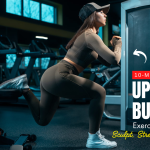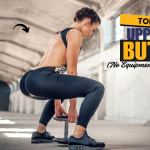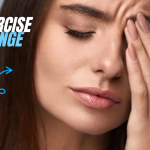Your abdominal muscles do a lot more than just help you rock a crop top—they support posture, improve balance, protect your spine, and even aid in breathing. But here’s the truth: many women hesitate to start core workouts, fearing complexity or intensity. This guide is your no-pressure, smart start to stronger abs—designed with your comfort and confidence in mind.
Let’s break down myths, discover what really matters, and dive into a sustainable abs workout that suits every beginner woman ready to build her core, one breath, and one rep at a time.
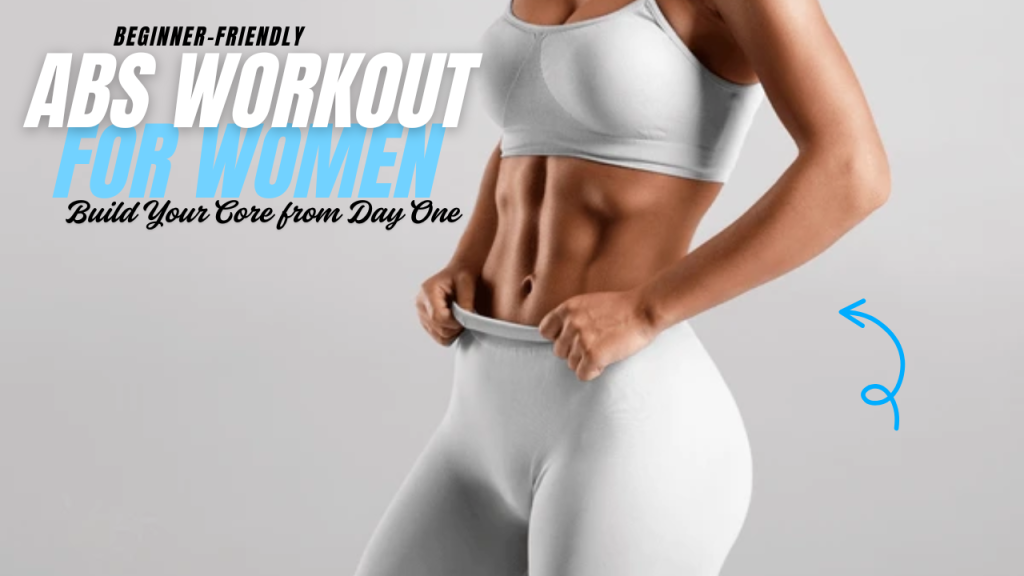
What Happens After 30 Days of Consistent Core Workouts?
| Result Area | Expected Changes After 30 Days |
|---|---|
| Core Strength | Noticeably stronger core, improved muscle endurance |
| Posture | Better alignment while sitting, standing, or walking |
| Balance & Stability | Increased stability during daily movements and workouts |
| Lower Back Comfort | Reduced tension and discomfort due to stronger supporting muscles |
| Abdominal Tone | Mild visual firming, especially if combined with healthy nutrition |
| Body Awareness | Enhanced control of movements and breathing |
| Confidence | Feeling more capable, energized, and motivated to continue |
| Workout Performance | Improved ability to perform exercises with better form and stamina |
| Mind-Muscle Connection | Stronger engagement and activation of abdominal muscles |
| Daily Activity Ease | Lifting, bending, and reaching become easier and more fluid |
Why Core Strength Matters More Than Flat Abs
Forget the six-pack obsession for a moment. A strong core is the foundation of your physical health, especially for women. It:
- Improves posture and reduces the risk of back pain
- Supports daily movements like bending, lifting, and even walking
- Enhances balance and stability (key during aging and hormonal shifts)
- Strengthens pelvic muscles, which is essential during and after pregnancy
Myth Buster: “Crunches are the only way to get abs.”
Wrong. Your core is made up of multiple muscles, not just the visible rectus abdominis. That’s why a variety of movements is key to engaging your entire midsection.
Quick Anatomy: Know Your Core
Before jumping into exercises, it helps to understand your core’s components:
- Rectus Abdominis – the visible “six-pack” muscle
- Transverse Abdominis – deep internal muscle that wraps like a corset
- Obliques (internal & external) – side abs that aid in twisting and bending
- Erector Spinae – muscles along your spine, important for back support
- Pelvic Floor – stabilizes the lower core and supports internal organs
When a workout targets multiple of these areas, you’re not just toning—you’re building resilience.
The Beginner-Friendly Abs Workout Routine
This no-equipment workout is tailored for women who are just starting out. All you need is a yoga mat and 15–20 minutes of focus.
Warm-Up (3–5 minutes)
Warming up preps your muscles increases blood flow, and prevents injury.
- Cat-Cow Stretch – 30 seconds
- Standing Side Reach – 30 seconds per side
- Torso Twists – 1 minute
- Marching in Place with High Knees – 1 minute
Core Workout (Repeat circuit 2–3 times)
1. Dead Bug (45 seconds)

Targets: Transverse abdominis & spine stabilizers
- Lie on your back with arms straight up and knees bent at 90°.
- Lower the opposite arm and leg while keeping the core tight.
- Alternate sides.
2. Glute Bridge (60 seconds)

Targets: Lower back, glutes, pelvic floor
- Lie down, bend your knees, and feet flat.
- Push hips up, squeeze glutes, then lower.
- Great for activating deep core muscles.
3. Heel Taps (45 seconds)
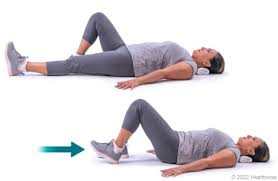
Targets: Lower abs
- On your back with legs at the tabletop, slowly lower one heel to the ground and back up.
- Alternate.
- Keep core engaged.
4. Bird-Dog (60 seconds)
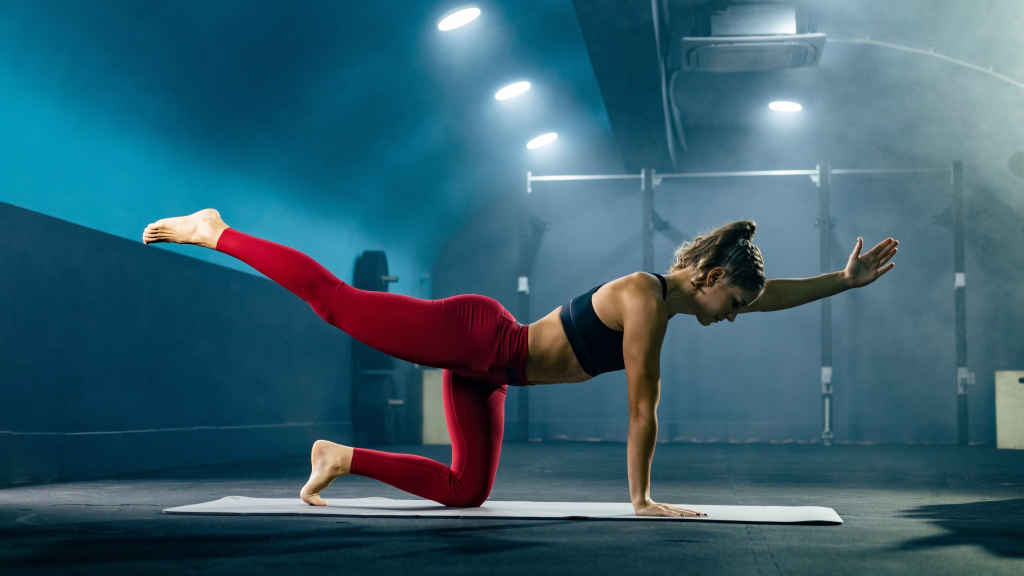
Targets: Core and back muscles
- On all fours, extend the opposite arm and leg.
- Pause, then return and switch.
- Keep movements slow and controlled.
5. Modified Side Plank (30 seconds each side)
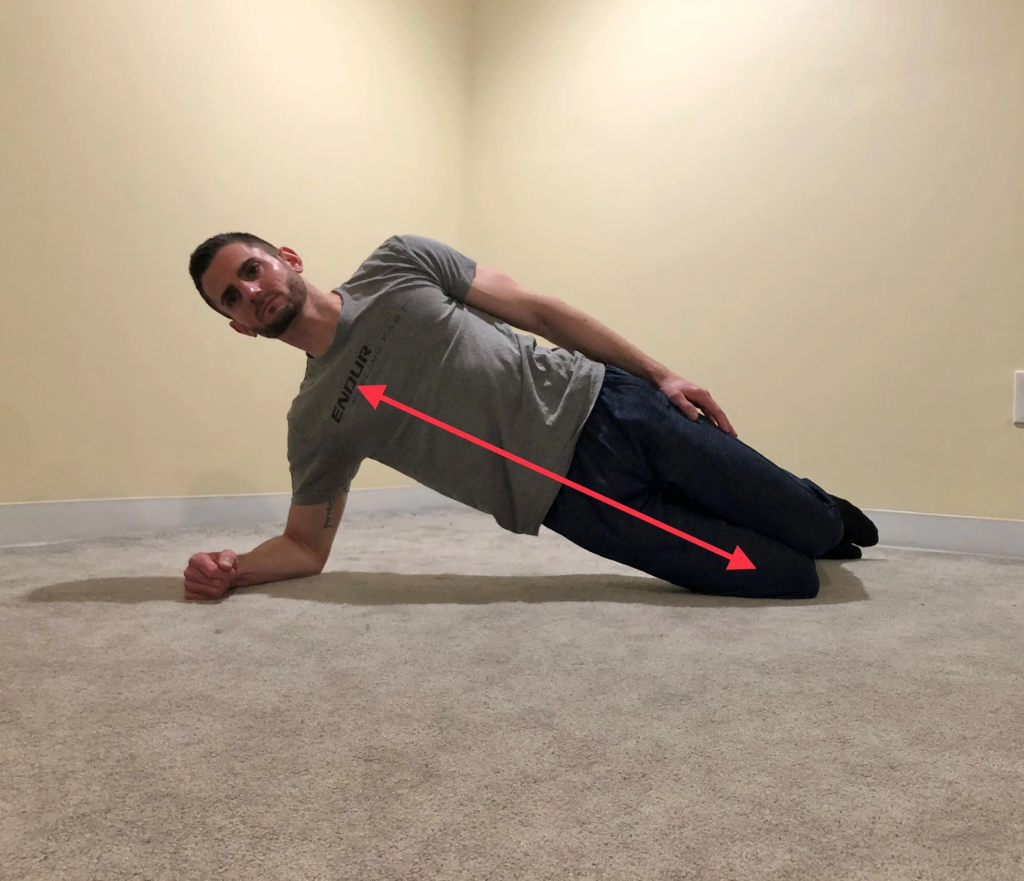
Targets: Obliques & shoulder stabilizers
- Rest on your forearm and bottom knee, keeping your hips lifted.
- Switch sides after time.
Cool Down & Core Recovery (3 minutes)
- Child’s Pose – 1 minute
- Supine Twist – 30 seconds per side
- Deep Belly Breathing – 1 minute
Did You Know?
Deep breathing from the diaphragm activates the transverse abdominis, helping you train your abs even when you’re resting.
Tips for Sustainable Core Progress
- Start small, and stay consistent. Two to three times a week is perfect for beginners.
- Form matters more than reps. Poor form can put a strain on your back or neck.
- Pair with proper nutrition. Abs are supported by what happens in the kitchen too.
- Don’t fear rest days. Your muscles need time to recover and grow stronger.
Common Mistakes to Avoid
- Skipping warm-ups – Leads to injury and stiffness
- Holding your breath – Reduces core activation and increases blood pressure
- Overtraining – Abs, like any muscle, need recovery
- Focusing only on crunches – You miss out on deeper core benefits
Interesting Fact:
Research shows that core training also improves mental focus and stress response. The stronger your core, the calmer your nervous system becomes—thanks to the deep breathing and stability work involved.
Final Thoughts: Your Core, Your Confidence
Every woman deserves to feel strong and capable in her own body. You don’t need fancy equipment, an expensive gym membership, or a six-pack to be proud of your core. What you do need is a gentle, progressive start and consistency.
This beginner-friendly abs workout is more than a routine—it’s your invitation to reconnect with your body, improve posture, and build inner strength from the inside out.
Remember: You’re not starting from scratch. You’re starting from strength.
Frequently Asked Questions (FAQs)
How often should I do abs workouts as a beginner?
Start with 2 to 3 sessions per week on non-consecutive days. This gives your core muscles time to recover and grow stronger. As you progress, you can increase frequency based on comfort and goals.
Can I get visible abs from these beginner workouts?
While these workouts build strength and improve muscle tone, visible abs also depend on overall body fat, which is influenced by nutrition, genetics, and total body activity. This routine lays the foundation, especially when paired with a balanced diet and cardio.
I have back pain. Can I still do core exercises?
Yes, but with caution. Many exercises in this routine, like glute bridges and bird-dogs, are gentle on the spine and support lower back health. Always consult a medical professional or physiotherapist before starting any exercise if you have ongoing back issues.
Do I need any equipment for this workout?
No equipment is required! Just a comfortable exercise or yoga mat is enough. These bodyweight movements are designed to be accessible at home.
When will I start noticing results?
With consistent effort, most women begin to feel stronger and more stable within 2–3 weeks. Visible changes vary depending on your lifestyle, but improved posture, balance, and core control often come early.
Should I avoid ab workouts during my period?
It depends on how you feel. Some women find that gentle core work actually reduces cramps and bloating, while others prefer to rest. Always listen to your body and adapt the routine if needed.
Is it okay to do abs workouts every day?
Not recommended for beginners. Your core, like any muscle group, needs time to recover and rebuild. Stick to 2–3 times a week initially, and avoid training sore muscles.
Can these workouts help with postpartum recovery?
Yes—many of these movements (like glute bridges and heel taps) are suitable for early postpartum recovery, especially for rebuilding core and pelvic floor strength. However, always consult your doctor before beginning any postpartum fitness routine.
Are these exercises safe for women over 40 or 50?
Absolutely. This beginner routine is low-impact, joint-friendly, and easily modifiable. It’s ideal for women in any age group looking to strengthen their core without excessive strain.
What if I can’t hold a plank or complete a rep?
That’s completely normal when starting. Modify when needed—do shorter intervals, rest more, or use supportive positions. Progress happens through patience, not perfection.

